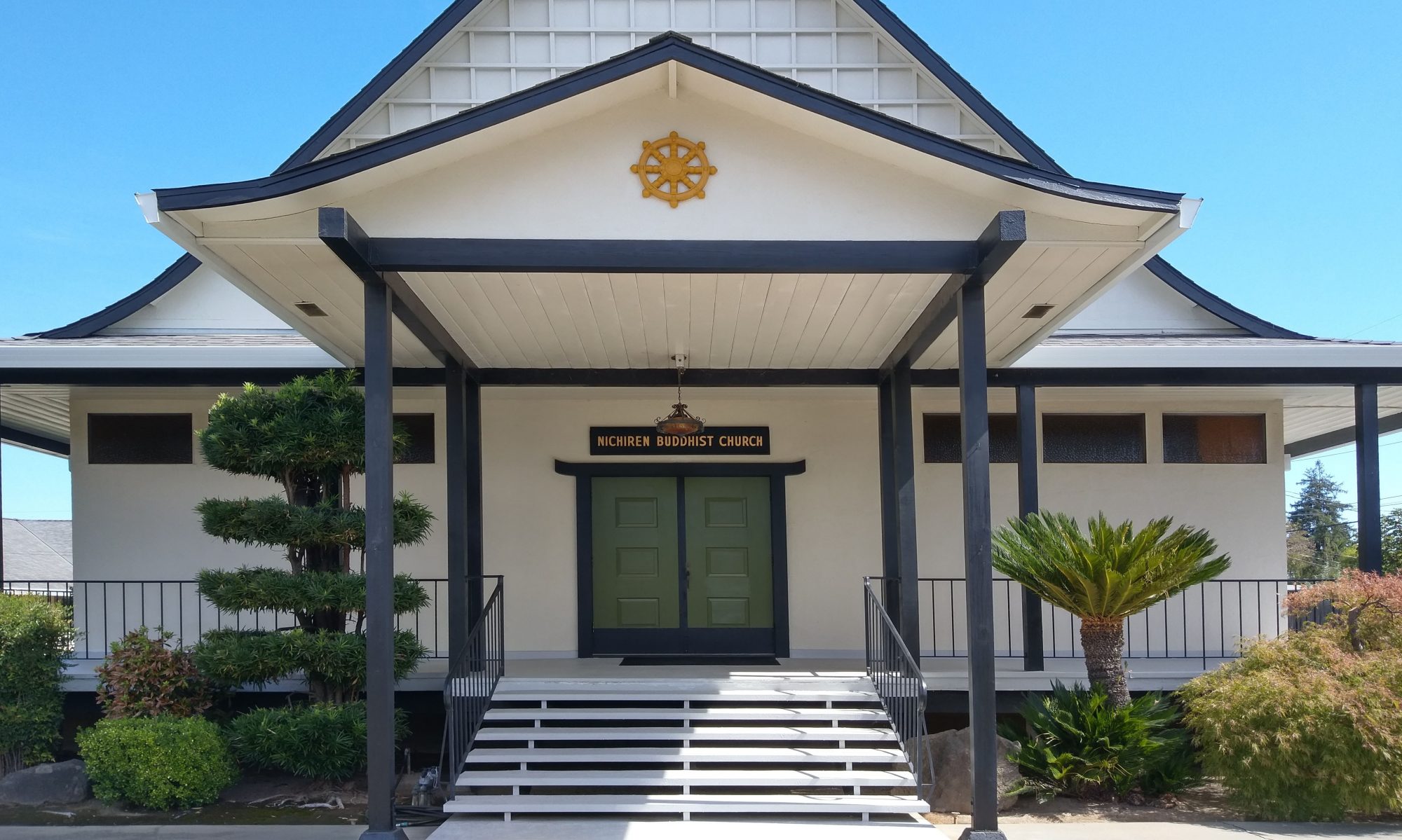In the United States, there were two deadly mass shootings during the months of October and November of this year. In October, 58 people were mercilessly shot to death in Las Vegas. In November, 28 members of a church lost their lives in Texas. No matter how many times these tragedies involving guns occur, the United States continues to debate gun control. These recent shootings have led me to think more about sandoku (三毒, “three poisons”), which I would like to further discuss in this article.
As you know, in Buddhism, there are six realms/states of existence: heavenly beings, humans, ashura, hungry spirits, and beings in hell. We are born in this world as human beings with the goal of furthering our practice to attain Enlightenment. Even though we are born as human beings, it is possible for people to experience conditions similar to the other realms/states of existence. For example, individuals living a life full of happiness may see this world as heaven. In contrast, others who struggle to find any form of happiness in their life and experience only despair may see this life as hell. However, it is important to remember that this world is neither paradise nor hell. We as human beings are the ones that create this “heaven” or “hell” in this world that we live in.
All human beings are born with sandoku: (1) tonyoku (貪欲, “greed”), (2) shinni (瞋恚, “anger” or “resentment”), and (3) guchi (愚痴, “stupidity” or “ignorance”). They are some of the defining features that explain why we are born into this world of human beings. Greed causes us to want anything and everything we desire. Having anger makes us to be hostile towards others. Lastly, ignorance prevents us from clearly distinguishing right from wrong, which results in making spontaneous decisions without much thought. If we are unable to rid ourselves of sandoku, we will be reborn into this world of human beings and continue to face the four sufferings (birth, aging, sickness, and death). Is there any cure for these three poisons?
A parable in chapter 16 of the Lotus Sutra hints at the answer to this question. Many of you may already know this parable, but it is about a great physician who had many children. One day, the physician went out of town for a business trip and during his absence, all his children accidentally drank poison. The physician returned home to see his children suffering. The children were delighted to see their father return and asked for a cure. The father prepared medicine, which appealed to the senses. Though there is more to this story, ultimately, the children were saved. This medicine, which is mentioned in this story, this antidote to the sandoku, is none other than the odaimoku. True happiness will never be obtained while we have this sandoku within us.
Going back to the recent shootings, people who hold anger within their hearts only feed and nurture that anger when obtaining a gun. Along with getting rid of the sandoku within us, I believe it is necessary to make a conscious effort to rid the world of weapons as well.
Ven. Kenjo Igarashi
November 2017




You must be logged in to post a comment.